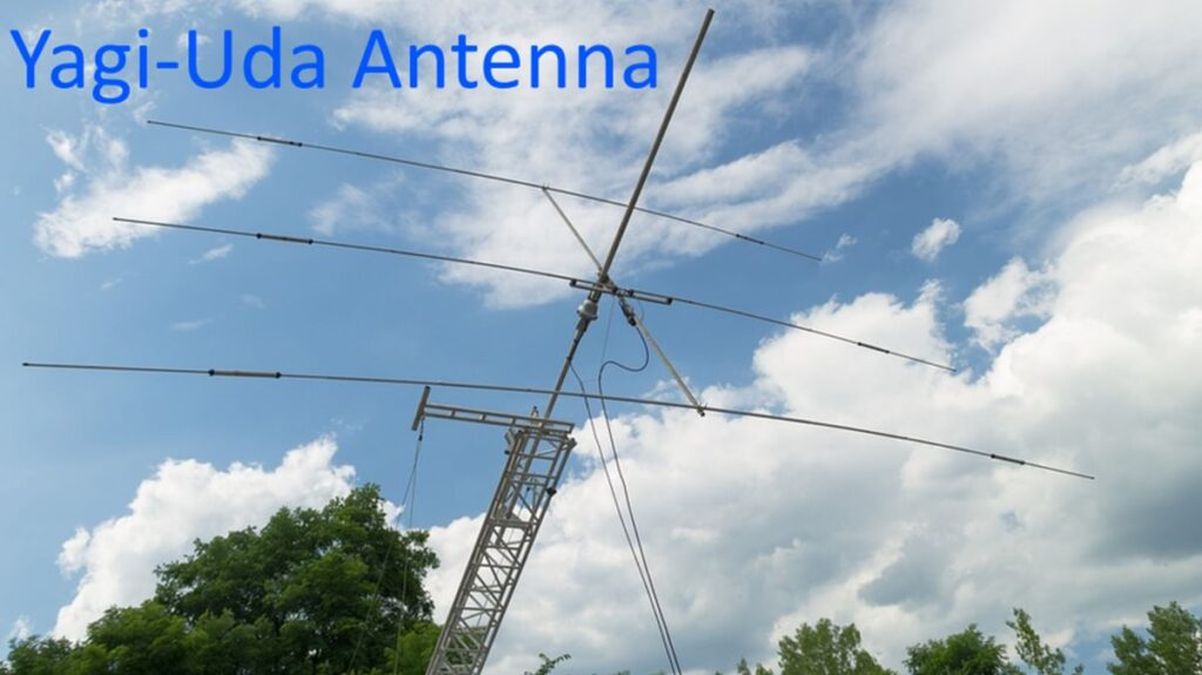Yagi-Uda antenna
Yagi-Uda antenna
Yagi-Uda antenna is often called just a Yagi antenna. It was invented in 1926 and consisted of driven element, a reflector behind the driven element and directors in front of the driven element. In case of Amateur Radio (Ham Radio), the driven element is connected to the transceiver. Yagi antenna was a common sight on rooftops of houses earlier when they were used to receive television stations before cable and satellite TV became popular.

Reflector and directors are called parasitic elements. Reflector is usually 5% longer than the driven element while directors are shorter. Yagi antenna has a much higher gain and directivity than a simple dipole antenna. Gain is usually above 10 dB. Gain increases as the number of directors increase, in a decremental fashion. Reflector can give a gain of about 5 dB while directors can add 1 dB and lesser. The interlinking rod is called as boom.
Reference
- H Yagi, S Uda. Projector of the sharpest beam of electric waves. Proceedings of the Imperial Academy. 1926;2(2): 49-52.https://doi.org/10.2183/pjab1912.2.49